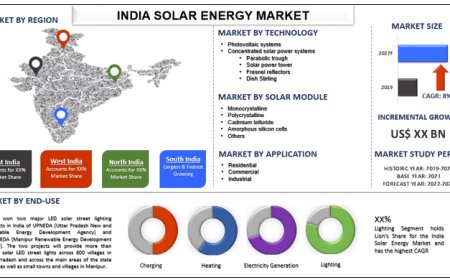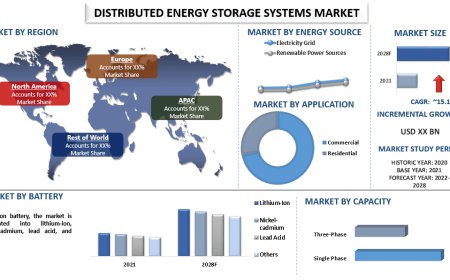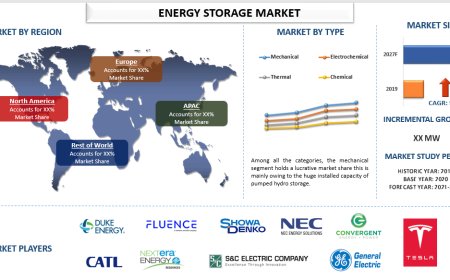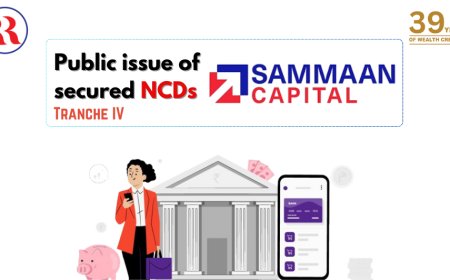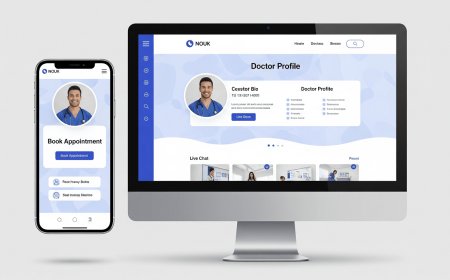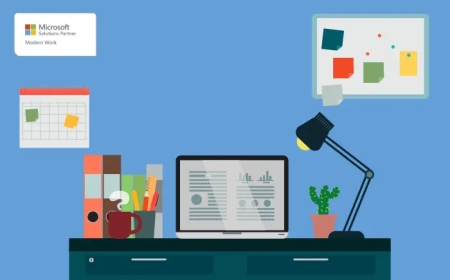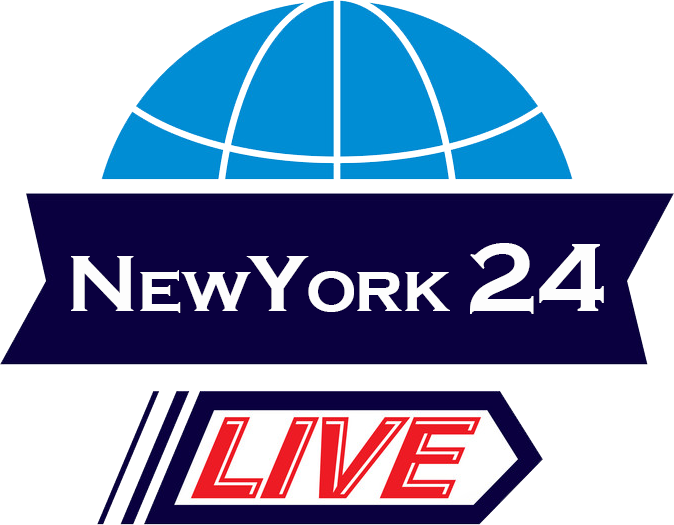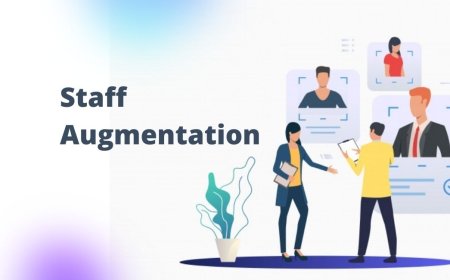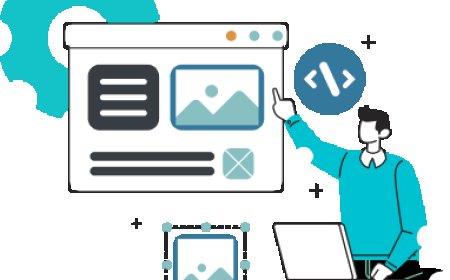How On-Demand Delivery Apps Are Changing Urban Logistics
Discover how on-demand delivery app development is transforming urban logistics, enhancing speed, efficiency, and customer experience in modern cities.
Urban logistics has evolved significantly in recent years, and at the center of this transformation is the rise of on-demand delivery applications. These platforms are reshaping how goods move through cities, influencing everything from consumer expectations to traffic patterns and warehouse operations. With the growth of eCommerce, food delivery, and same-day courier services, cities are rapidly adapting to this new logistics paradigm.
In this blog, we explore how on-demand delivery apps are transforming urban logistics and what businesses and developers need to know about this dynamic shift.
The Rise of On-Demand Delivery in Urban Areas
In the past, urban logistics relied heavily on scheduled deliveries and bulk transport. But the modern consumer expects speed and convenience. Whether it is food, groceries, medicines, or retail goods, people now want instant access. On-demand delivery apps are meeting these expectations by enabling real-time order placement, route optimization, and contactless deliveries.
As more people move to urban centers, the demand for quick and reliable delivery is only increasing. This change has created a thriving market for on demand delivery app development across various industries.
How Technology Powers Urban Delivery Networks
Technology is the foundation of modern on-demand delivery solutions. GPS tracking, data analytics, and AI-driven route optimization have enabled platforms to streamline operations. Delivery drivers receive automated route suggestions based on real-time traffic and order volume.
Furthermore, customer notifications, in-app support, and seamless payment integration are now standard. These features improve the overall delivery experience and allow logistics companies to maintain high service quality while keeping costs under control.
Benefits for Businesses and Consumers
On-demand delivery apps offer clear advantages for both businesses and end users. For companies, these apps reduce dependency on fixed logistics schedules. They can respond quickly to changing demands and market trends. Businesses are also able to scale operations more efficiently, thanks to flexible delivery networks.
For consumers, the benefits include shorter delivery windows, real-time updates, and the convenience of ordering from anywhere. These advantages are reshaping consumer behavior and setting new standards in customer service.
Impact on Urban Transportation and Infrastructure
The rapid increase in on-demand deliveries has a significant impact on urban infrastructure. With more delivery vehicles on the roads, cities are facing new challenges related to traffic congestion, parking, and emissions. Local governments are experimenting with policies like designated delivery zones, low-emission vehicles, and curbside management to adapt.
At the same time, micromobility solutions like electric bikes and scooters are gaining traction for last-mile delivery. These alternatives help reduce congestion and environmental impact, making them a sustainable choice for dense urban settings.
Role of Readymade and Whitelabel App Solutions
For startups and businesses entering the delivery space, speed to market is crucial. Readymade app solutions provide a fast and efficient way to launch services without the need for building everything from scratch. These platforms offer core features like order tracking, customer management, and driver coordination, enabling companies to go live in a matter of days.
A whitelabel delivery app offers further customization, allowing businesses to rebrand and tailor the platform to their specific requirements. This approach saves time and development resources while maintaining flexibility and quality.
Cost Factors in Delivery App Development
One of the most common concerns among business owners is the delivery app development cost. This varies depending on several factors including the app features, platform (iOS or Android), design complexity, and integration requirements. Basic apps may cost significantly less, while feature-rich platforms with AI-driven analytics and third-party API integration can require a larger investment.
However, the long-term return on investment often justifies the initial development cost. A well-optimized delivery app can drive customer loyalty, increase operational efficiency, and generate consistent revenue over time.
Urban Warehousing and the Need for Micro Fulfillment
With the rise of on-demand deliveries, traditional warehousing is also undergoing a transformation. Large distribution centers outside city limits are being supplemented by smaller, strategically located micro-fulfillment centers within the city. These centers allow for faster dispatch and lower transportation times, helping to meet consumer demand for same-day or even one-hour deliveries.
Urban warehousing also supports inventory management and demand forecasting, helping companies respond faster to market needs while reducing storage costs.
Future Trends in On-Demand Urban Logistics
The future of urban logistics will likely involve more automation, data-driven decision-making, and greater integration with smart city technologies. Drones, autonomous delivery vehicles, and AI-powered logistics platforms are already being tested in pilot programs.
Sustainability will also be a major focus area. Electric vehicles, green packaging, and carbon-neutral logistics processes are gaining popularity. Additionally, local delivery partnerships and community fulfillment models are emerging as alternatives to large-scale logistics operations.
As on-demand delivery continues to evolve, so will consumer expectations and the competitive landscape. Businesses that invest in flexible, tech-driven solutions will be better positioned to thrive in this fast-paced environment.
Choosing the Right Mobile App Development Partner
For any business looking to build an on-demand delivery solution, selecting the right mobile app development services is a critical step. An experienced development partner can help with ideation, UX design, backend architecture, testing, and post-launch support.
It is important to work with a team that understands urban logistics, has experience in similar industries, and can offer scalable solutions for both startups and enterprises. A good development partner ensures that the app not only works but also aligns with your long-term business goals.
Conclusion
On-demand delivery apps are revolutionizing how goods are transported and delivered within cities. Their impact on urban logistics is profound, influencing infrastructure planning, business strategies, and consumer behavior. With the right technology, strategic planning, and an understanding of the urban landscape, businesses can tap into this growing trend and deliver real value to customers.
As more people seek instant access to products and services, the demand for innovative delivery solutions will only increase. Investing in delivery app development is no longer optionalit is a strategic imperative for businesses operating in competitive urban markets.












